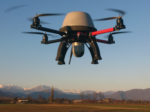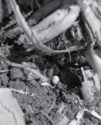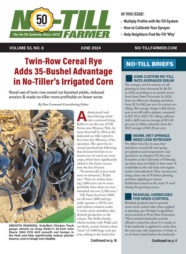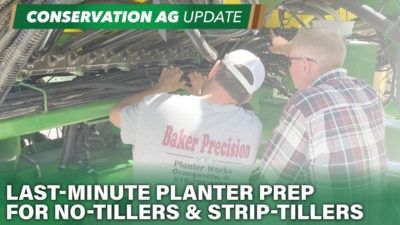Advertise Follow Us
Items Tagged with 'scout'
ARTICLES
Making ‘Never-Till’ Corn Yields That Are Fit For A King
Cover crops, split nitrogen, fungicide applications and higher organic matter are helping Rigdon Farms make a hard run at 300-bushel corn.
Read More
Emerging Use Of Drones May Change Face Of No-Tilling
Crop scouting, 3-D mapping, spot spraying and pathogen detection all could be performed by unmanned aerial vehicles to cut labor and input costs and improve decision making.
Read More
No-Till Notes
Assess Crop Perfomance Frequently This Season
Weekly scouting will help you discover what’s affecting your no-tilled corn and soybean yields and the changes you need to make for 2011.
Read More
8 Areas To Focus On For Higher Wheat Yields
Residue management, proper seeding rates, timely nitrogen applications and scouting for diseases are some of the keys to pushing no-till wheat yields to worthwhile levels
Read More
Father And Daughter Make Great No-Till Team
She’s a crop scout, he has 40 years of no-till experience and together they win with non-GMO soybeans and reduced herbicide rates.
Read More
Should No-Tillers Apply Fungicides Every Year?
University experts, experienced no-tillers weigh in on profitable fungicide management strategies for corn and soybeans.
Read More
Review Planter Performance; Apply Nitrogen Efficiently
While preparing to make sidedressed nitrogen applications, check early crop stands to see whether you need to adjust your no-till planter for next year.
Read More










